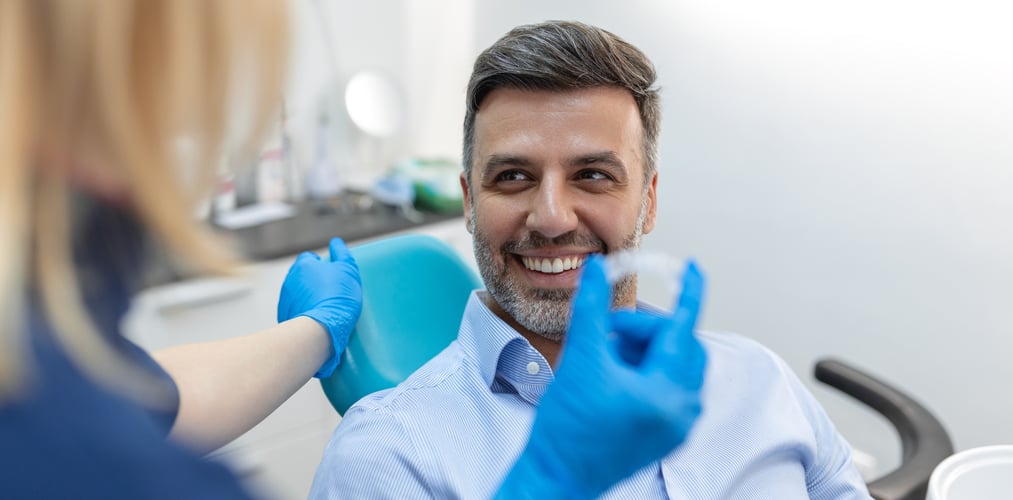Guide to applying attachments
Attachments are composite fixation elements designed to facilitate specific tooth movements.
Attaching them is crucial for treatment success, their positioning and shape have already been meticulously planned by or team of orthodontists and integrated into the treatment strategy.
Simple guide to applying attachments:

Step 1: Ensure proper isolation

Step 2: Use etching gel, bonding, and cure in the desired location according to the manufacturer's instructions




These attachments serve several vital functions:
1. Enhancing Tooth Movement: Attachments provide added traction or force for the aligners to induce tooth movement more efficiently. They facilitate intricate tooth adjustments, like rotations or intrusions, which may be challenging to accomplish with aligners alone.
2. Enhancing Predictability: Strategic attachment placement enables orthodontists to enhance the predictability of tooth movement, crucial for complex cases requiring precise control over dental adjustments
3. Streamlining Treatment Duration: Attachments expedite treatment by facilitating swifter tooth adjustments. Their presence often enables orthodontists to achieve desired outcomes in a shorter timeframe compared to relying solely on aligners.

4. Mitigating Aligner Slippage: Aligners may occasionally shift or rotate during wear, especially with misaligned teeth. Attachments create friction between the aligner and tooth surface, preventing slippage and ensuring aligners remain in the desired orientation.
5. Addressing Bite Concerns: In addition to facilitating tooth realignment, attachments can correct bite irregularities such as deep bites or open bites by modifying how the aligners interact with teeth.
6. Enhancing Aesthetics: Although visible up close, attachments are typically tooth-colored, blending seamlessly with natural enamel. This aesthetic integration minimizes their noticeability compared to traditional metal braces, preserving the overall appeal of clear aligner treatment.
In summary, clear aligner attachments play a pivotal role in optimizing the effectiveness, efficiency, and predictability of clear aligner therapy, ultimately contributing to patients achieving straighter teeth and enhanced smiles.




